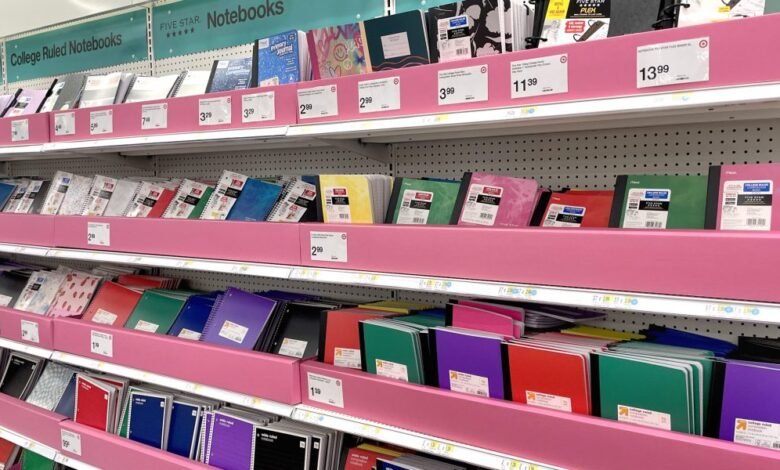Fearing tariff-induced price hikes, parents are back-to-school shopping earlier than any year on record

- More families started their back-to-school shopping in early July than in the past seven years. Tariffs and inflation are being blamed for the behavioral shift. The average expenditure per student will be lower this year, but the overall totals are expected to rise slightly.
Reading and ’riting are still important, but as the 2025–26 school year draws near, parents are paying more attention to the third R—’rithmetic.
With tariffs looming and some (though not all) retailers warning that prices are bound to increase, back-to-school shopping began especially early this year. The National Retail Federation notes that more than two-thirds of families started buying pencils, pens, paper, and folders in early July.
Some 67% of families got an early start this year, compared with 55% last year. That’s the highest number of early back-to-school shoppers since the NRF began tracking the category in 2018. And it all comes down to price.
“Consumers are being mindful of the potential impacts of tariffs and inflation on back-to-school items, and have turned to early shopping, discount stores, and summer sales for savings on school essentials,” said Katherine Cullen, NRF vice president of industry and consumer insights. “As shoppers look for the best deals on clothes, notebooks, and other school-related items, retailers are highly focused on affordability and making the shopping experience as seamless as possible.”
To put that 67% statistic into perspective: In 2019, only 44% of parents started looking for school supplies and clothes that early. It’s worth noting that most schools have not issued their lists of which items are required at that time of year.
Families with students in elementary through high school plan to spend an average of $858.07 on clothing, shoes, school supplies, and electronics this year. That’s less than the $874.68 they spent in 2024.
Overall spending is expected to be higher, however, jumping from $38.8 billion to $39.4 billion as more consumers will be buying supplies. That doesn’t extend to lower-income families, though. The NRF says those households are pulling back in all back-to-school spending categories because of economic uncertainty.
https://fortune.com/img-assets/wp-content/uploads/2025/08/GettyImages-2166907753-e1754492142425.jpg?resize=1200,600
2025-08-06 14:57:02





